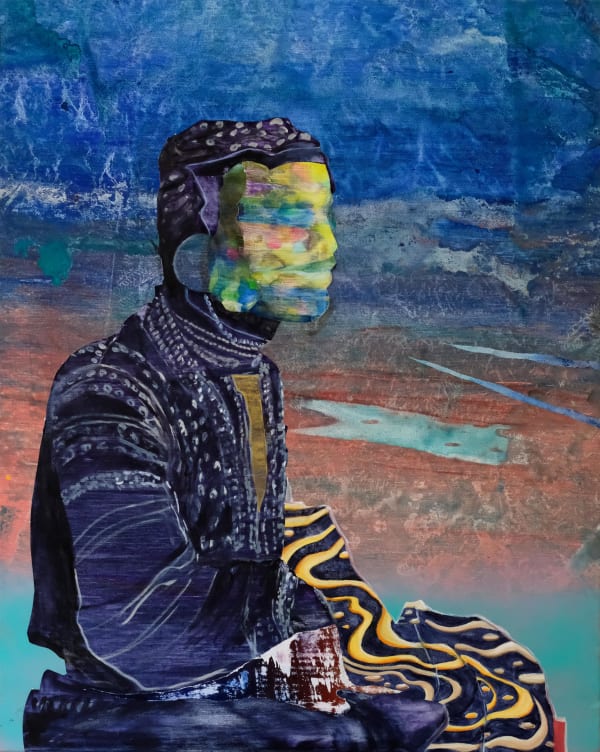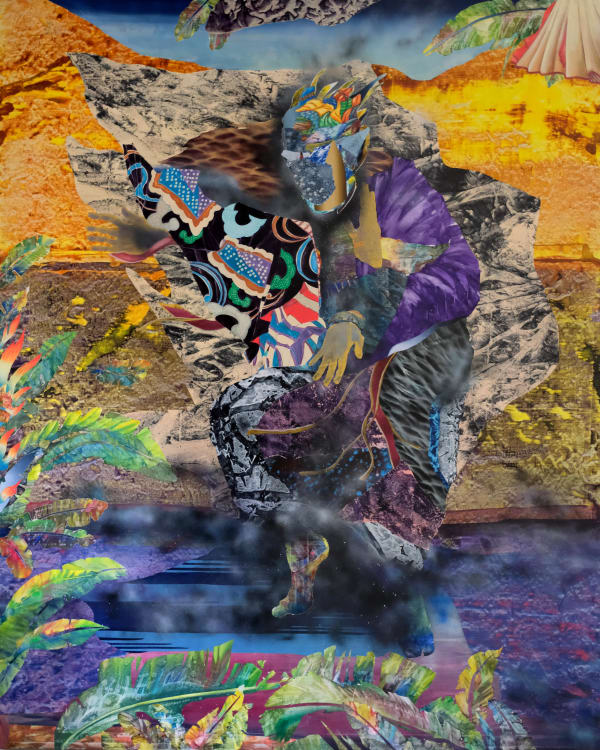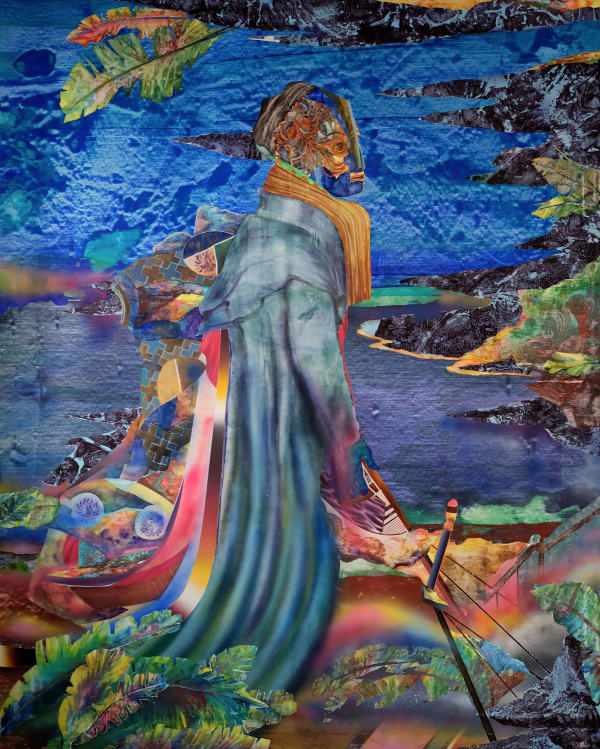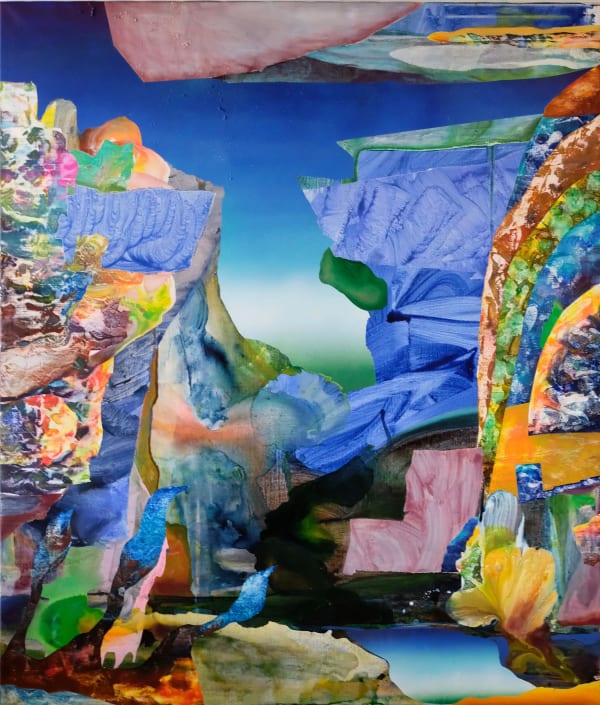-

Interferences/Interferenze
Jade Fenu 14 Dec 2024 - 9 Feb 2025 Venice193 Gallery is proud to strengthen its commitment to the Venetian art landscape by continuing its presence in La Serenissima for 2025, maintaining its dedication to exploring cultural diversity and...Read more -

Melancholic Dreams
Ben Arpea ⎮ Aldo Chaparro ⎮ Jade Fenu ⎮ Beya Gille Gacha ⎮ Jean-Marc Hunt ⎮ Lib ⎮ Hyacinthe Ouattara ⎮ Javier Toro Blum ⎮ Rob Tucker 2 Feb - 31 Mar 2024 Venice193 Gallery returns to Venice and it has chosen to breathe new life into one of the city’s oldest pharmacies, with exhibitions held on two levels. Before hosting a major exhibition starting in the month of April, the gallery presents a pre-opening exhibition "Melancholic Dreams", that will be held for two months, starting February 2nd, with its inauguration coinciding with the famous Venice Carnival.Read more -

Slumberland
Jade Fenu 13 Feb - 23 Mar 2023 ParisSlumberland, the inaugural exhibition of the space, by visual artist Jade Fenu, will grace the walls of the second space of 193 Gallery. A painting-poem, his dreamlike works approach the material in a constant search for balance, oscillating between strength and fragility. A universal narrative combining the abstract and the figurative: this series shows the abundance of reality and imagination while questioning the current issues of our society.Read more
France, b. 1976
Biography
Born in 1976, in France, Jade Fenu is a self-taught painter of Italian origins. His paintings show spaces with a great density of materials and colors, which refer to marine, mountainous and mysterious environments. The artist gives himself working principles, constraints to then release organic forms, responding to a desire for contact with nature. He explores different pictorial techniques between spontaneity of gesture and rigorous composition, in order to dialogue with his support. His gestures and prints compose worlds where the duality between man and nature and a fight between the elements are revealed.
Memories of travels in search of a still wild nature appear as you contemplate his works. His paintings with a chromatic range of bright colors invite us to think of dreamlike landscapes. Composed of cut-out planes, such as interlacing, his paintings present a sort of weaving and collage of forms, and almost resemble theatrical sets. They embody stages of ascension into territories.
Jade Fenu has exhibited internationally, including in Japan, Italy, France, Switzerland, Taiwan, the UK, and the USA. His work has been part of exhibitions at institutions such as l’Orangerie de Cachan in France and the Openbach Cultural Center in Paris. He has participated in significant art fairs such as ArtGeneve in Switzerland and Tokyo Gendai in Japan. His work has also been showcased at the Biennale d’art contemporain in Cachan, where he was awarded the Second Prize of the Biennale.
Works
Exhibitions
Join our mailing list
* denotes required fields
We will process the personal data you have supplied in accordance with our privacy policy (available on request). You can unsubscribe or change your preferences at any time by clicking the link in our emails.














